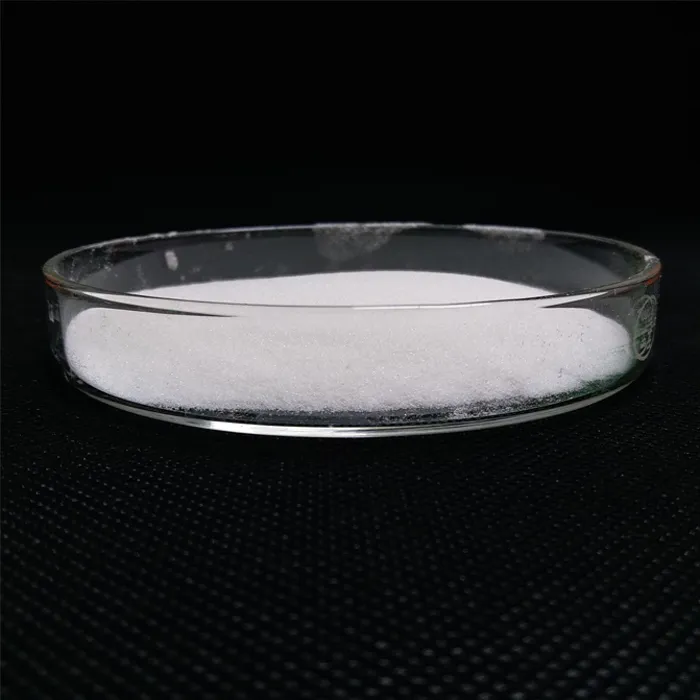Understanding Water Treatment Chemicals
Clean water is essential for human health and the environment. To ensure that drinking water is safe and free from contaminants, various chemicals are used in the water treatment process. These chemicals play crucial roles in disinfection, coagulation, and the removal of impurities. In this article, we will explore some of the primary chemicals used in water treatment and their functions.
Chlorine Disinfectant Extraordinaire
Chlorine is perhaps the most well-known chemical used in water treatment. It is a powerful disinfectant that eliminates harmful bacteria, viruses, and other pathogens present in water sources. When chlorine is added, it reacts with organic compounds to form chloramines, which continue to provide a residual disinfecting effect as water travels through pipes to reach consumers. While chlorine is effective, it's essential to monitor its levels, as too much chlorine can lead to unpleasant tastes and odors, as well as the formation of harmful byproducts.
Coagulants The Key to Clarification
Another critical component of water treatment is the use of coagulants, such as aluminum sulfate (alum) or ferric chloride. These chemicals are added to water to help coagulate or clump together smaller particles, including dirt, debris, and microorganisms. Once these particles form larger aggregates, they can be removed more easily through sedimentation or filtration. This process leads to clearer and cleaner water, making it safer for consumption and further treatment.
Flocculants Enhancing Particle Removal
what chemical is used to treat water

Flocculants are often used in conjunction with coagulants. While coagulants help to initiate the aggregation of particles, flocculants enhance the process by promoting the formation of larger flocs that settle more quickly. Polymeric flocculants are commonly employed due to their effectiveness in binding particles together. The use of flocculants significantly improves the efficiency of sedimentation and filtration processes, ensuring a high-quality water output.
Ozone Advanced Oxidation
Ozone is another potent disinfecting chemical used in water treatment. Unlike chlorine, ozone is a gas that can effectively break down organic compounds and eliminate microorganisms without leaving harmful residues. It is particularly beneficial for removing taste and odor compounds, making it ideal for treating water from surface sources. However, ozone is more complex to use than chlorine because it must be generated on-site and has a short residual lifespan, which limits its application in certain scenarios.
pH Adjustments Balancing Water Chemistry
Maintaining the proper pH level in treated water is crucial for enhancing the effectiveness of other treatment chemicals and ensuring the safety of the final product. Chemicals like sodium hydroxide or sulfuric acid are often used to adjust pH levels, which can influence the solubility of metals and the overall corrosiveness of water. A balanced pH helps prevent corrosion in pipes and fixtures, ensuring the longevity of water distribution systems and the safety of drinking water.
Conclusion A Multifaceted Approach
The treatment of water is a complex process that relies on various chemicals to ensure safety, clarity, and quality. Chlorine, coagulants, flocculants, ozone, and pH adjusters each play distinct roles in creating clean drinking water. Understanding these chemicals' functions can help us appreciate the intricate processes behind water treatment and the importance of maintaining our water supply's integrity. As we strive to protect our environment and public health, the appropriate use of these chemicals remains vital to achieving safe and clean drinking water for all.

